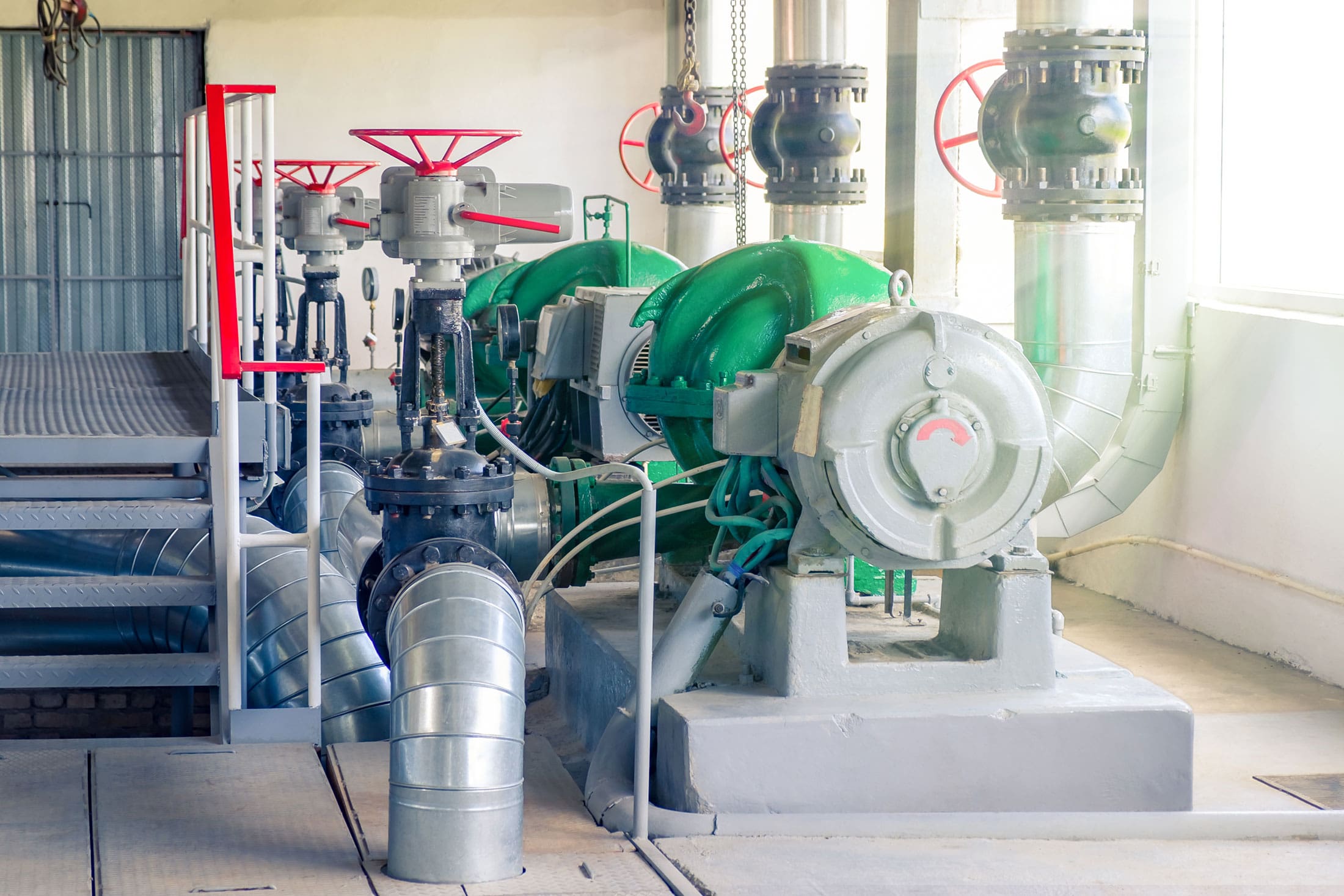
December 22, 2019
Recently, we were asked to survey a building’s cooling system, which serves a data center and the comfort conditioning for the building’s office space. System performance was determined to be less than anticipated in design. In particular, the piping loop water fl ow was not adequate to achieve the maximum required cooling for the server racks. The owner was basing their conclusions on data obtained from their building automation system (BAS) and the installed gauges at the pumps, heat exchanger and cooling towers.
The building has a 11,500 sq. ft. high-performance equipment fl oor with water-cooled equipment racks, which are served by the cooling water piping distribution system in its raised fl oor space. The building also has a 7,600 sq. ft. common area that has offi ce and conference rooms served by water cooling coil air handlers in the basement.
Cooling water is produced by the secondary side of a heat exchanger, which is served by cooling towers. Cooling water distribution is done by a piping system and pumps in the basement.
Both the cooling tower and conditioning system have two designated pumps that are designed for 4,375 GPM each. The design intent is for only one pump on each side of the heat exchanger to run at a time. The operators were actually running two pumps simultaneously, but at a lower RPM to handle the air handlers and server racks, because they assumed they didn’t have adequate water flow.
We performed a dead-head test for each pump to verify the impeller size, then tested each individual pump at 60HZ to measure total GPM as plotted on the pump curve. We also tested at the triple-duty valve and with an ultrasonic meter located on the main supply pipe. Our calibrated instruments’ readings indicated the installed gauges and the BAS were not indicating accurate values.
Our tests concluded that the BAS and the installed gauges were both out of calibration, which gave the owners false data. The cooling loop BAS was measuring 3,591 GPM and the actual fl ow was 4,300 GPM. The tower loop BAS was measuring 1,641 GPM, while the actual fl ow was 4,200 GPM. These readings were cross-checked between the pump curve, triple-duty valve and ultrasonic meter. All three measurements were within fi ve percent of each other. We recommended that the gauges on the pumps be changed to calibrated gauges for more reliable and accurate readings. We also assisted the owner in calibrating their BAS for future use.
At the time of the test, the condition of the floors was impacted due to the data floors being built out slightly more than the originally designed heat load, and unseasonably warm weather. The owner used our findings to conclude that added cooling would be needed for the existing heat load and any additional build out in the future, and also hired us to ensure that the added equipment is properly balanced and calibrated.

